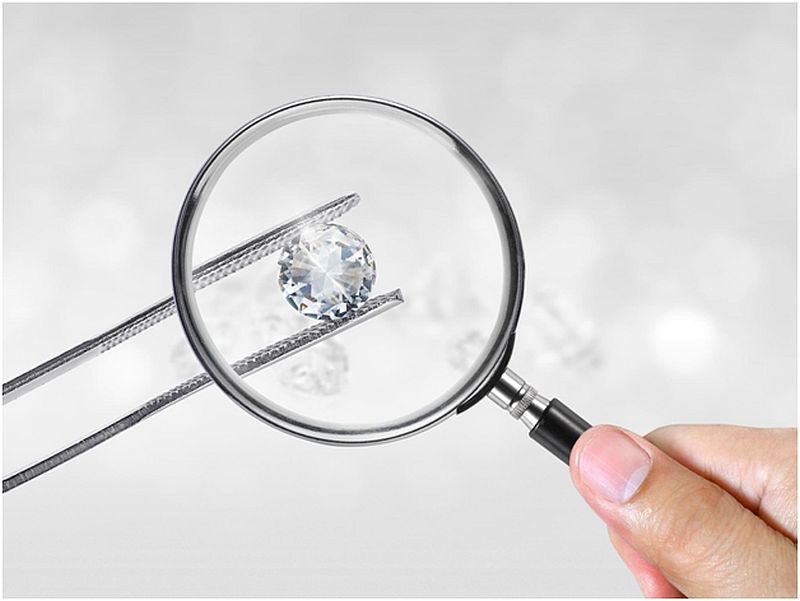Diamonds have been the classic choice for many different types of jewellery, but predominately featured in engagement rings to symbolize the love and affection between people. Although diamonds were traditionally mined from the earth and still are, the introduction of lab diamonds has modernized many facets of the jewellery industry and given the opportunity of choice to those looking to propose.
In recent years, technological advancements have enabled scientists and gemologists to create diamonds in laboratories with identical chemical and physical properties to their earth mined counterparts. These lab diamonds have become so popular due to their sustainability that the market volume is predicted to reach over 19 million carats in 2030. Read on to learn more about how lab diamonds are made in order to make an informed decision when shopping for diamond jewellery.
Understanding the Basics of Diamonds
Before delving into the manufacturing process of lab-grown diamonds, it’s crucial to understand the fundamentals of diamonds. Diamonds are composed of carbon atoms arranged in a crystal lattice structure, resulting in their exceptional hardness and brilliance. This elemental carbon, subjected to extreme pressure and temperature deep within the earth’s mantle over millions of years, creates natural diamonds.
High-Pressure High Temperature (HPHT) Method
One of the earliest techniques for creating lab-grown diamonds is the High-Pressure High Temperature (HPHT) method. A small “seed” of an earth mined diamond is placed in a diamond growth chamber. Then, a mixture of carbon and a metal-solvent catalyst, such as nickel or cobalt, is added. The chamber is subjected to intense heat (up to 2,000°C) and high pressure (up to 60,000 atmospheres), replicating the geological conditions where natural diamonds form.
Under these extreme conditions, the carbon dissolves in the metal-solvent, forming diamond crystals around the seed. Over several weeks, the chamber slowly cools down, allowing the newly grown diamond crystals to solidify. The chamber is opened once the process is complete, revealing rough lab-grown diamonds ready for cutting and polishing.
If you’re interested in a lab diamond for your engagement ring, you can learn more about how they’re made with the help of a reputable jeweller like Alexis Gallery. As one of the first custom jewellers in Toronto to start working with lab-grown diamonds, they can offer insight into the process and a wide range of products at competitive prices.
Chemical Vapor Deposition (CVD) Method
The Chemical Vapor Deposition (CVD) method is another popular technique for creating lab-grown diamonds. Unlike the HPHT method, the CVD process involves a vacuum chamber containing carbon-rich gases like methane. The gases are ionized through microwave energy, breaking down the molecules and releasing carbon atoms. These carbon atoms settle on a substrate, often a flat diamond plate, and crystallize to form a diamond layer. The substrate acts as a seed for diamond growth. As the process continues, layer upon layer of diamond is deposited on the substrate, ultimately creating a larger diamond.
Quality and Grading of Lab-Grown Diamonds
Lab-grown diamonds undergo the same rigorous grading standards as natural diamonds. Gemological laboratories, such as the Gemological Institute of America (GIA) or the International Gemological Institute (IGI), evaluate lab-grown diamonds based on the 4Cs: carat weight, cut, colour, and clarity. As a result, consumers can confidently purchase lab-grown diamonds, knowing they possess the same brilliance and beauty as their natural counterparts.
Article Submitted By Community Writer




